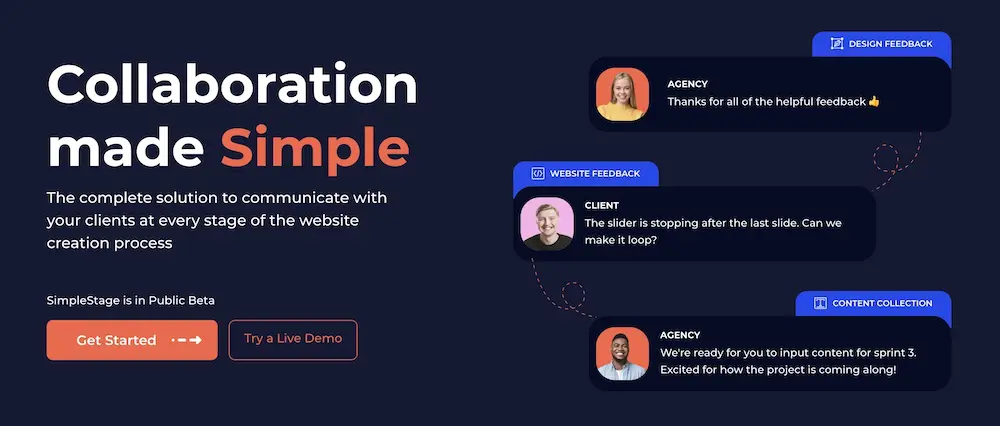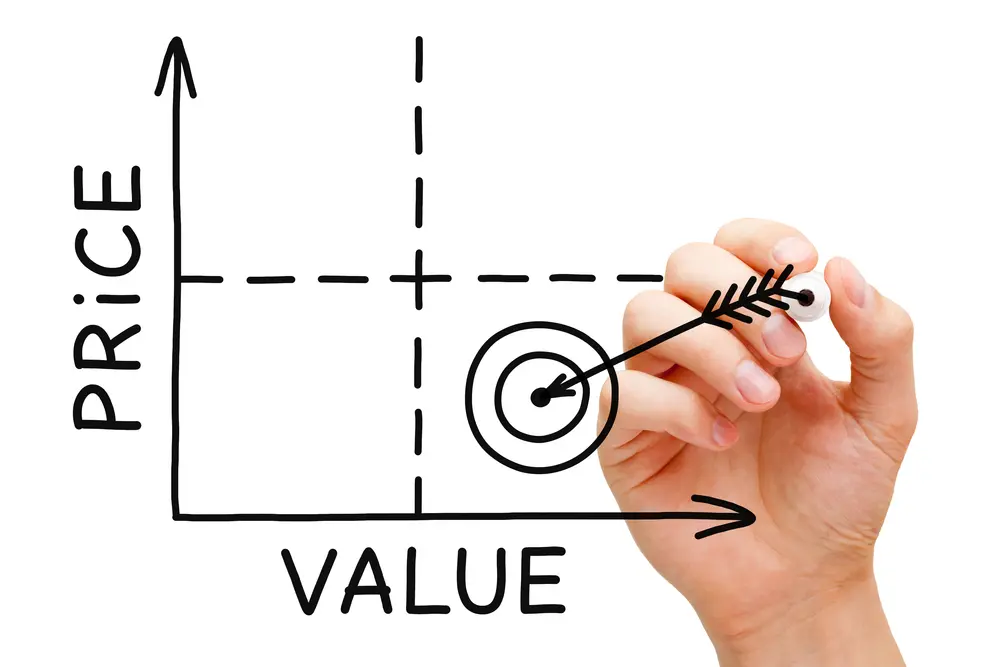In this post, we discuss six aspects of what makes a good SaaS product. A few aspects include having a solid value proposition, an easy integration, competitive pricing, and a great customer support experience.
While most companies faced some sort of crisis in response to the COVID-19 pandemic, the software as a service (SaaS) industry continued to prosper. In fact, it’s estimated that 80% of businesses are planning to switch all of their systems to SaaS by 2025, and the SaaS market growth is expected to reach $208.1 billion this year.
By nature, SaaS businesses solve a lot of the challenges experienced by companies that are allowing remote work for the first time, such as being able to:
- Access data across devices from anywhere in the world
- Improve communication and teamwork between coworkers
- Scale or shrink quickly
- Quickly transition from a standard office environment to digital processes
However, not all software as a service products are created equal. Individuals and companies that are looking to tap into this growing market may find themselves asking, “What makes a good SaaS product, anyway?”
While there is no one-size-fits-all approach for SaaS businesses to guarantee success, we’ve found that there are some guiding principles to creating a successful software as a service product that will meet the growing needs of your customers.
Here are a few tips to help you optimize your SaaS product for the benefit of your customers and your SaaS business.
1. Nail down a clear value proposition

If you can’t clearly state what your product is and how it will improve your customers’ lives, your sales aren’t exactly going to flourish. Buyers can tell when a company lacks direction.
In the image above, the value proposition states that this software is the complete solution for communicating with clients on website projects. They state who they serve (anyone who creates websites) and what they offer (collaboration through a streamlined communication tool).
A clear value proposition for your software as a service product is essential, as this is how you’ll distinguish your SaaS business from the rest of the pack.
To ensure you have a clear value proposition, ask yourself the following:
- Is there a problem are we trying to solve for our customers? What is it?
- Describe exactly the product we are trying to build.
- What value will this product bring to our consumers?
- How does our software as a service product stand apart from our competitors?
- What makes the benefits of our SaaS product valuable to our customers?
Aside from uncovering your differentiators, having a clear value proposition at the start also enables you to maintain a low customer acquisition cost by giving you a better idea of who you’re targeting. This way, you can ensure you’re funneling your marketing costs directly to your ideal customer persona.
2. Set your product up for easy integration
Once you know the ins and outs of your product and how it sets you apart, the next question to consider is: How will it be integrated?
Easy integration ties right back to your value proposition. If your software as a service product is not easy to integrate with your customers’ existing technologies, you may lose sales to another SaaS business that has a lighter implementation lift.
To determine the ease of integration for your software as a service product, ask yourself:
- How much time and manpower does it take to integrate our product? Will this create any barriers to purchase?
- What resources are needed to integrate our product for our customers?
- What resources and support might our customers need throughout the integration?
- Will the integration of our new SaaS product be conducive to our customers’ established software toolbox?
While these questions are important to consider, be careful not to sacrifice the dignity of your SaaS product for easy integration. The quality and integration of your product should work hand in hand to optimize your value proposition.
Easy integration can also work to keep your customer acquisition cost low by enabling you to budget for the necessary resources in advance and by reducing the amount of time needed for integration.
3. Research to determine competitive pricing

A well-priced software as a service product does two things:
- It prevents your clients from canceling your services.
- It increases the cash flow of your SaaS business.
No one wants to pay for a product or service that they feel is not giving them what they’re paying for. Customers want to know that your product is really worth their investment. This is what’s known as your cost-to-value ratio.
To correctly price your product and increase the profits of your SaaS business, consider the following factors that should affect your pricing:
- The expenses associated with creating and upkeeping your software as a service product
- The cost and pricing structure of your competitors
- How much value you are offering to your customers
- Promotions
- Offering a limited version of the SaaS product for a lower price to increase subscriptions
4. Incorporate customer feedback
Bill Gates once said, “Your most unhappy customers are your best source of feedback.” Any feedback is good feedback as long as you know what to do with it.
Your customers are the people using and working with your service on a daily basis. As a SaaS business, it is essential that you make yourself easily accessible to your customers for feedback.
Some opportunities to consider for collecting customer feedback might include:
- Website chatbots
- Sending out and collecting surveys
- Online customer reviews
- Taking phone calls
- Reading emails
- Sending personalized responses
- Conducting usability tests to find issues before your customer does
When customers do reach out, listen and quickly take action. If an issue cannot be solved at that moment, start developing a plan for resolution.
5. Prioritize customer support

Customer support is a direct response to customer feedback. After all, if you don’t appreciate your customers, someone else will.
This is why we suggest a customer-centric approach for your SaaS business. Customer centricity is a customer-based view of your entire organization. Your business is considered customer-centric when you know your customer’s situation, expectation and impression at all times, which puts them at the center of your decision making.
Here are some strategies to consider when developing a customer-centric SaaS business:
- Develop a customer-centric website: See our guide on how to turn your SaaS website – which is often considered your first impression – from being informational to customer-centric.
- Targeted marketing: Know your target customer, implement an SEO strategy, and uniquely market your software as a service product or SaaS business to them.
- Continued marketing: Continue marketing to your customer even after you’ve earned their business. Provide them with new information that they will find helpful as you continue to work together through newsletters, emails and personalized campaigns. Remember that email marketing isn’t going away, and it’s a great way to maintain a relationship with your current customers.
- Build your customers into your mission: Every employee should approach their work with a customer-first mindset.
- Continuously collect feedback: Making contact with your customers shows them that you care what they think and how they feel about working with your SaaS business and product.
- Look ahead: Anticipate your customers’ needs before they arise, and plan ahead to better assist them in the future.
6. Focus on customer retention
Customer retention is the best solution to keeping your customer acquisition cost low. It is much cheaper to maintain current users than it is to market toward and gain the trust of new customers.
If customers are canceling or opting out of renewing your services, chances are one or more of the variables above has been neglected and needs to be reviewed. All of the above factors work together to maintain the value of your software as a service product and reputation of your SaaS business.
To ensure continued focus on current customer happiness, try delegating these responsibilities to trusted, experienced members of your team who can be held accountable.
Final thoughts
Like we said, no software as a service product has a one-size-fits-all solution. Developing a successful SaaS product will take time, effort, patience and, likely, trial and error.
Once you have a solid SaaS product you’re ready to bring to the world, the next step is to create a customer-centric website that clearly communicates your value. Motion Tactic specializes in creating revenue-generating websites specifically for SaaS businesses. Book your discovery session now!


